
Greed is a 1924 American silent psychological drama film written and directed by Erich von Stroheim and based on the 1899 Frank Norris novel McTeague. It stars Gibson Gowland as Dr. John McTeague; ZaSu Pitts as Trina Sieppe, his wife; and Jean Hersholt as McTeague's friend and eventual enemy Marcus Schouler. The film tells the story of McTeague, a San Francisco dentist, who marries his best friend Schouler's girlfriend Trina.

Universal Pictures is an American film production and distribution company owned by Comcast through the NBCUniversal Film and Entertainment division of NBCUniversal.

Irving Grant Thalberg was an American film producer during the early years of motion pictures. He was called "The Boy Wonder" for his youth and ability to select scripts, choose actors, gather production staff, and make profitable films, including Grand Hotel, China Seas, A Night at the Opera, Mutiny on the Bounty, Camille and The Good Earth. His films carved out an international market, "projecting a seductive image of American life brimming with vitality and rooted in democracy and personal freedom", states biographer Roland Flamini.
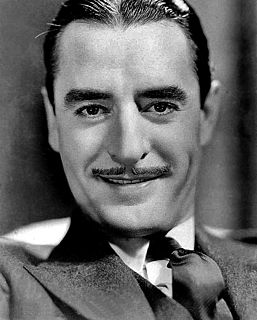
John Gilbert was an American actor, screenwriter and director. He rose to fame during the silent film era and became a popular leading man known as "The Great Lover". His breakthrough came in 1925 with his starring roles in The Merry Widow and The Big Parade. At the height of his career, Gilbert rivaled Rudolph Valentino as a box office draw.
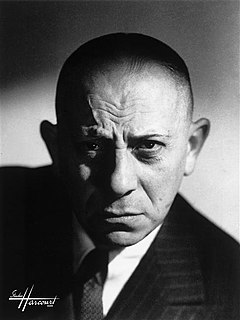
Erich Oswald Hans Carl Maria von Stroheim was an Austrian-American director, actor and producer, most noted as a film star and avant-garde, visionary director of the silent era. His 1924 film Greed is considered one of the finest and most important films ever made. After clashes with Hollywood studio bosses over budget and workers' rights problems, Stroheim found it difficult to find work as a director and subsequently became a well-respected character actor, particularly in French cinema.

The Phantom of the Opera is a 1925 American silent horror film adaptation of Gaston Leroux's 1910 novel Le Fantôme de l'Opéra, directed by Rupert Julian and starring Lon Chaney in the title role of the deformed Phantom who haunts the Paris Opera House, causing murder and mayhem in an attempt to make the woman he loves a star. The film remains most famous for Chaney's ghastly, self-devised make-up, which was kept a studio secret until the film's premiere. The picture also features Mary Philbin, Norman Kerry, Arthur Edmund Carewe, Gibson Gowland, John St. Polis and Snitz Edwards. The last surviving cast member was Carla Laemmle, niece of producer Carl Laemmle, who played a small role as a "prima ballerina" in the film when she was about 15 years old. The film was released on September 6, 1925, premiering at the Astor Theatre in New York. The film's final budget was $632,357.
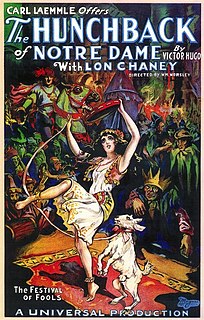
The Hunchback of Notre Dame is a 1923 American drama film starring Lon Chaney, directed by Wallace Worsley, and produced by Carl Laemmle and Irving Thalberg. The supporting cast includes Patsy Ruth Miller, Norman Kerry, Nigel de Brulier, and Brandon Hurst. The film was Universal's "Super Jewel" of 1923 and was their most successful silent film, grossing $3.5 million. The film premiered on September 2, 1923 at the Astor Theatre in New York, New York, then went into release on September 6.

The Wedding March is a 1928 American silent romantic drama film written and directed by and starring Erich von Stroheim. It also stars Fay Wray and ZaSu Pitts. Paramount Pictures forced von Stroheim to create two films from the footage, the second being The Honeymoon. The Honeymoon is now considered lost, the only known copy destroyed in a fire in France in 1959.

The Student Prince in Old Heidelberg, also known as The Student Prince and Old Heidelberg, is a 1927 Metro-Goldwyn-Mayer silent drama film based on the 1901 play Old Heidelberg by Wilhelm Meyer-Förster. It was directed by Ernst Lubitsch, and stars Ramon Novarro and Norma Shearer.
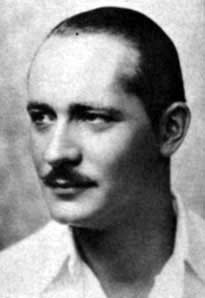
Norman Kerry was an American actor whose career in the motion picture industry spanned twenty-five years, beginning in 1916 and peaking during the silent era of the 1920s. Changing his name from the unmistakably German "Kaiser" at the onset of World War I, he rose quickly in his field, becoming "the Clark Gable of the [1920s]."
Paul Kohner was an Austrian-American talent agent and producer who managed the careers of many stars and others—like Ingrid Bergman, Maurice Chevalier, Marlene Dietrich, Greta Garbo, John Huston, Liv Ullmann and Billy Wilder—of the golden age of Hollywood, especially those who came from Europe before World War II. He was married to the Mexican-American actress, Lupita Tovar. His brother was Frederick Kohner, a novelist and screenwriter, his daughter was the actress Susan Kohner. His grandsons are the filmmakers Chris Weitz and Paul Weitz.

Albert De Conti Cadassamare, professionally billed as Albert Conti, was an Austrian-Hungarian-born Italian-American film actor.

The Merry Widow is a 1925 American silent romantic drama/black comedy film directed and written by Erich von Stroheim. Released by Metro-Goldwyn-Mayer, the film stars Mae Murray, John Gilbert, Roy D'Arcy, and Tully Marshall, with pre-fame uncredited appearances by Joan Crawford and Clark Gable.
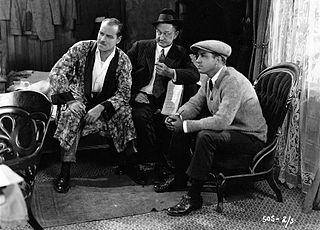
Wallace A. Worsley, Sr. was an American stage actor who became a film director in the silent era. During his career, Worsley directed 29 films and acted in 7 films. He directed several motion pictures starring Lon Chaney Sr., and his professional relationship with the actor was the best Chaney had, second to his partnership with Tod Browning.
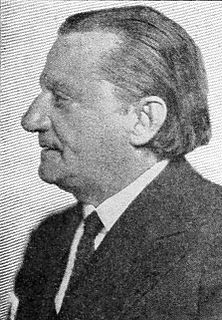
Cesare Gravina was an Italian actor of the silent era who appeared in more than 70 films between 1911 and 1929.

Dale Fuller was an American actress of the silent era. She appeared in more than 60 films between 1915 and 1935. She is best known for her role as the maid in Foolish Wives.
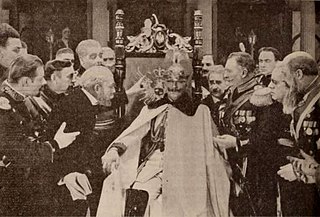
The Kaiser, the Beast of Berlin was a 1918 American silent war propaganda melodrama film produced and directed by, and starring, Rupert Julian. The screenplay was co-written by Rupert Julian and Elliott J. Clawson. The film's supporting cast included Elmo Lincoln, Nigel De Brulier, Harry Von Meter and Lon Chaney.

Foolish Wives is a 1922 American erotic silent drama film produced and distributed by Universal Pictures under their Super-Jewel banner and written and directed by Erich von Stroheim. The drama features von Stroheim, Rudolph Christians, Miss DuPont, Maude George, and others.

Blind Husbands is a 1919 American drama film directed by Erich von Stroheim. The film is an adaptation of the story The Pinnacle by Stroheim.

The Devil's Pass Key is a 1920 silent drama film directed by Erich von Stroheim. Considered a “lost film”, no print is officially known to exist.




















